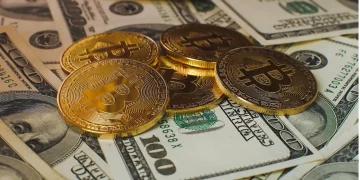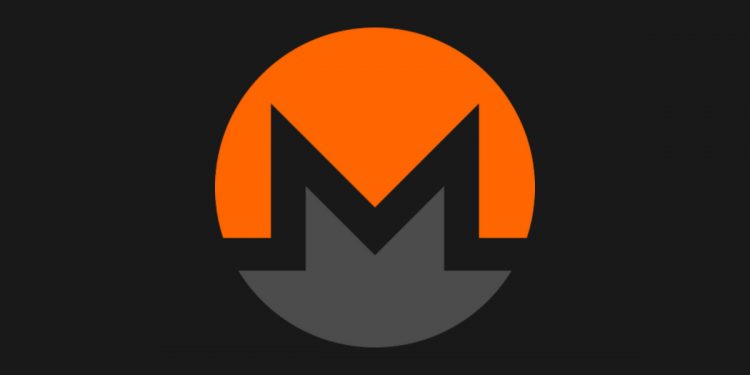A recent release of Monero’s official website indicated that hackers could use a wallet failure to send multiple transactions to the same address stealth that was part of Monero’s privacy.
Sending several transactions to the same stealth address to burn a user’s funds is not new and has been around for some time.
They further stated: The Monero community has stated that many duplicate keyframes can be generated by sending Monero to an identical stealth address.
Monero’s official publication indicated that there was an error in the wallet that the attackers could use to send multiple transactions to the same stealth address that was a large part of Monero’s privacy. They would be used to authorize a sender and generate unique random addresses for all transactions executed on behalf of the recipient.
According to the Post, this could lead the attackers to intentionally burn money from an organization in the Monero ecosystem. Funds can be spent on all cards at no additional charge, with the exception of network transaction fees. However, the attacker does not have direct cash income, but could indirectly benefit from the attack.
Sending several transactions to the same stealth address to burn a user’s funds is not new and has been around for some time. They continued:
“The consequences of a participating organization were not fully considered until a community member described a hypothetical attack on the Monero Subreddit”
The community of Monero has indicated that many duplicate keyframes can be generated by sending monero to an identical stealth address. The network then rejects the keyframe, since it is already available in the blockchain, and is recognized as a duplication.
The official message indicates that attackers modify the code to access a specific private transaction key. This allows the stealth address to receive the same multiple transactions sent to the public address. The attacker could send thousands of monero transactions to an encrypted currency exchange. Since the file exchanges are not aware of the particular abnormality, the 1000 monero attacker will be credited. Therefore, the exchange of crypto-coins left 999 burned numbers of 1 monero.
However, the community confirmed that the error did not affect the Monero protocol and that the supply of parts had not been affected. According to a recent publication, the Monero portfolios did not work on major exchanges such as Poloniex, Bittrex, Cryptopia and XMR.to. Cryptopia, an important commercial platform, also said that the actions had been carried out at the request of Coin developer.



























